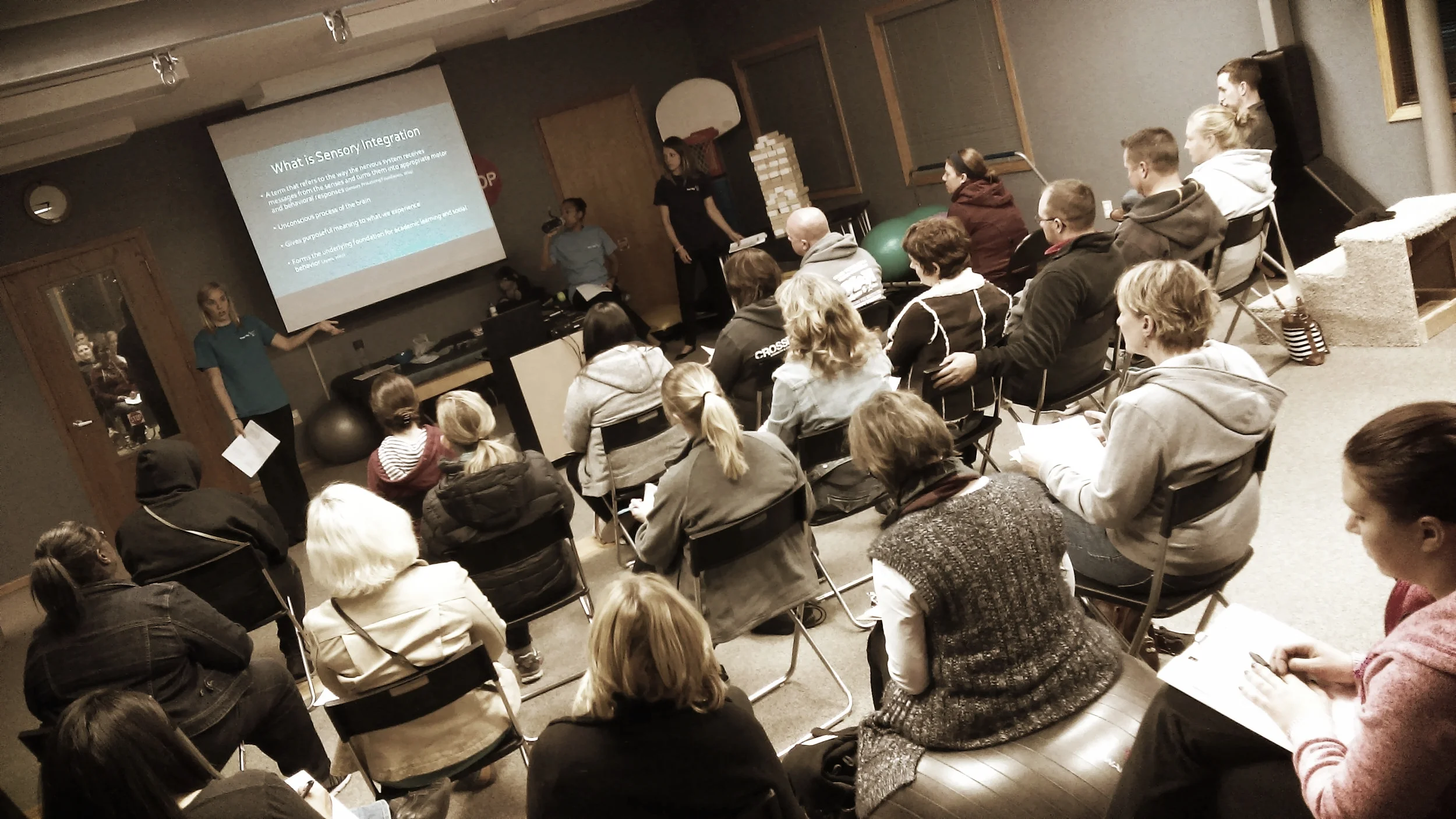Balance is like a three-legged stool?
/
As a kid grows and develops, their balance grows and develops with them. In order for that to happen, the key parts of balance must develop with them. We like to think of balance as a three legged stool, with all three parts being needed in order to have a balanced stool, or child.
The three parts of our balance stool are vision, vestibular (inner ear system), and proprioception (touch).
Vision is used in balance to tell our body where the world is in relation to our body. Then, they can learn how to position their head and body relative to the world around them to avoid falling. We also use vision to look out for obstacles that otherwise need us to change how our body moves to stay upright.
The vestibular system, or inner ear balance system, is how our head knows where it is in space and how it’s moving. This system develops alongside the other systems to help with balance.
The proprioception system works similar to touch, there are receptors in our body that tell you where you are in space or where specific parts of your body are, for instance, your feet. The proprioception in a kiddo’s feet tells them how wobbly or solid the ground they are stand on is, so if it’s more wobbly, they may need to make adjustments to avoid falling over.
All of these systems develop as a kid grows, which is why younger kids may lose balance more often than older kids. In physical therapy, we look at all three of these systems and either determine which leg of the stool is the most wobbly, and/or perform exercises that work on all three of these legs. Because if we are missing a leg of our stool, the whole thing will fall right over!

